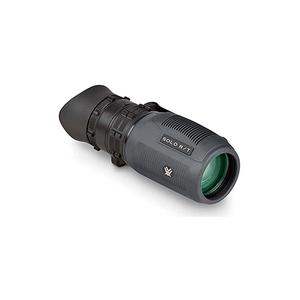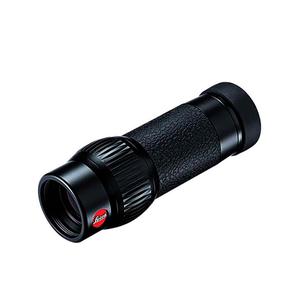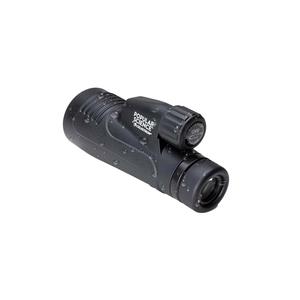How to Choose Monoculars
Monoculars are versatile, portable optical devices designed for one-eyed observation, bridging the gap between binoculars and telescopes. They are an indispensable tool for nature enthusiasts, sports fans, and adventurers alike, offering a closer view of distant scenes and objects.
Unlike their bulkier counterpart, binoculars, monoculars are lauded for their compactness and ease of use. They are also widely used for reading fine print or identifying distant signage.
Choosing the right monocular, however, is not just about picking the most expensive or the most powerful model. It's about understanding your specific needs and the situations in which you'll be using the device. This guide aims to demystify the various aspects of monoculars and provide practical advice to help you make a well-informed decision.
Short answer: Monoculars are portable, handheld optical devices used for viewing distant objects with one eye. They function similarly to binoculars but are smaller and more compact, making them convenient for activities like birdwatching, hiking, or attending sports events. Monoculars offer magnification of distant scenes or objects and are often used as a lighter, more convenient alternative to binoculars.
- Understanding Magnification in Monoculars
- The Significance of Lens Size
- Field of View: Expanding Your Horizon
- Lens Coating: Enhancing Image Quality
- Eye Relief: Comfort for All Observers
- Focus Type: Tailoring Your View
- Types of Monoculars
Understanding Magnification in Monoculars

Magnification is a crucial aspect of any optical device, including monoculars. It determines how much closer the viewed object appears compared to the naked eye. For instance, a monocular with 10x magnification will make an object appear ten times closer than it actually is. While higher magnification may seem beneficial, it comes with its own set of challenges:
Narrower Field of View: High magnification often results in a reduced field of view. This can make it difficult to locate and follow moving targets, such as birds in flight or athletes in motion.
Increased Sensitivity to Movement: As magnification increases, so does the apparent movement in the view. Hand tremors or vibrations are more noticeable, making steady viewing more challenging, especially over extended periods.
Diminished Performance in Low Light: High magnification requires more light to maintain a bright image. In low-light conditions, like during dusk or dawn, a high-magnification monocular might deliver a darker image, making it less effective.
For those new to using monoculars, a magnification of around 8x is often recommended. It offers a favorable balance between size, field of view, and image stability. More experienced users or those with specific needs might opt for higher magnifications, but it's essential to consider the accompanying trade-offs.
The Significance of Lens Size
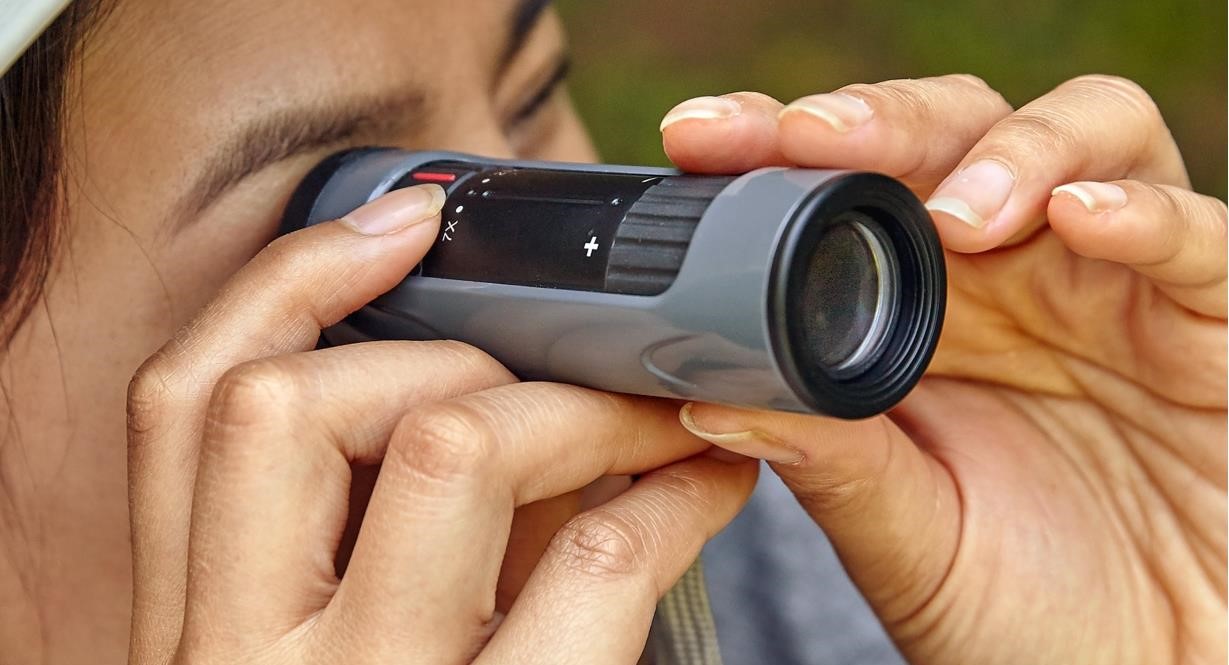
Lens size, or the diameter of the objective lens, is a vital factor in a monocular's performance. Expressed in millimeters (e.g., 42mm in an 8x42 monocular), the lens size directly impacts the amount of light that enters the monocular. A larger lens can gather more light, resulting in a brighter and clearer image, which is particularly beneficial in low-light conditions. Moreover, a larger lens size generally equates to a wider field of view, providing a more comprehensive view of your surroundings.
However, there are downsides to larger lenses. They typically make the monocular heavier and bulkier, potentially impacting its portability. Larger lenses also tend to be more expensive. Therefore, the choice of lens size should be a balance between desired image quality and practical considerations like weight, size, and cost.
For most daytime activities, a lens size of 20mm or more is adequate. For low-light conditions, such as at dawn or dusk, a lens size of at least 30mm is recommended to ensure sufficient light intake for a clear image.
Field of View: Expanding Your Horizon
The field of view (FOV) refers to the extent of the visible area seen through the monocular and is usually measured in degrees or as a width at a certain distance (like meters at 1000 meters). A wider field of view is essential for tracking moving objects or scanning large areas, while a narrower field of view allows for more focused observation.
Monoculars with higher magnification typically have a narrower field of view. Conversely, lower magnification generally provides a broader field of view. The choice of field of view should align with your intended use.
For example, wildlife observers may prefer a wider field of view to track animals, while those focusing on specific, stationary objects might benefit from a narrower field of view. By the way, if you are looking for interesting monocular models, here are our top 4 best monoculars in 2024:
- 8x Magnification with 36mm Objective Lens
- Fully Multi-Coated Lenses
- R/T Ranging Reticle with Milliradian Measurements
- Compact, Rubber-Armored, and Includes Utility Clip
- Waterproof and Fogproof for Reliable Field Use
- Fits Easily in Pockets, Ideal for Travel
- Functions as Mini-Telescope or Macroscope
- Ideal for Detailed Observation of Small Objects
- Roof Prism with Phase Correction for Clear Images
- Waterproof and Nitrogen-Filled to Prevent Misting
- 12x Magnification with 50mm Objective Lens
- Multi-Coated Lenses and BaK-4 Prisms
- Waterproof, Fog-Proof with Rubber-Armored Build
- Smartphone Adapter and Bluetooth
- Ideal for Various Outdoor Activities, Tripod Adaptable
- Powerful 20x for Detailed Distance Viewing
- Waterproof, Fog-Proof, and Travel-Friendly
- Multi-Coated BaK-4 Glass for Bright, Clear Images
- Easily Capture and Share Observations
- Comfortable Twist-Up Eyecup Design
Lens Coating: Enhancing Image Quality
Lens coating plays a pivotal role in improving the optical performance of monoculars. It reduces reflection, increases light transmission, and enhances contrast and color fidelity. There are various levels of lens coating:
Coated: A single layer of coating on some surfaces. It's basic and reduces reflections marginally.
Fully Coated: Every air-to-glass surface has a single coating layer, offering a decent level of reflection reduction.
Multi-Coated: Multiple coatings on some surfaces, significantly reducing reflection and improving image quality.
Fully Multi-Coated: Multiple layers on all air-to-glass surfaces, providing the best image quality with minimal reflection.
The choice of lens coating should match the overall quality and price range of the monocular. Higher-end models should ideally have fully multi-coated lenses to ensure optimal performance.
Eye Relief: Comfort for All Observers
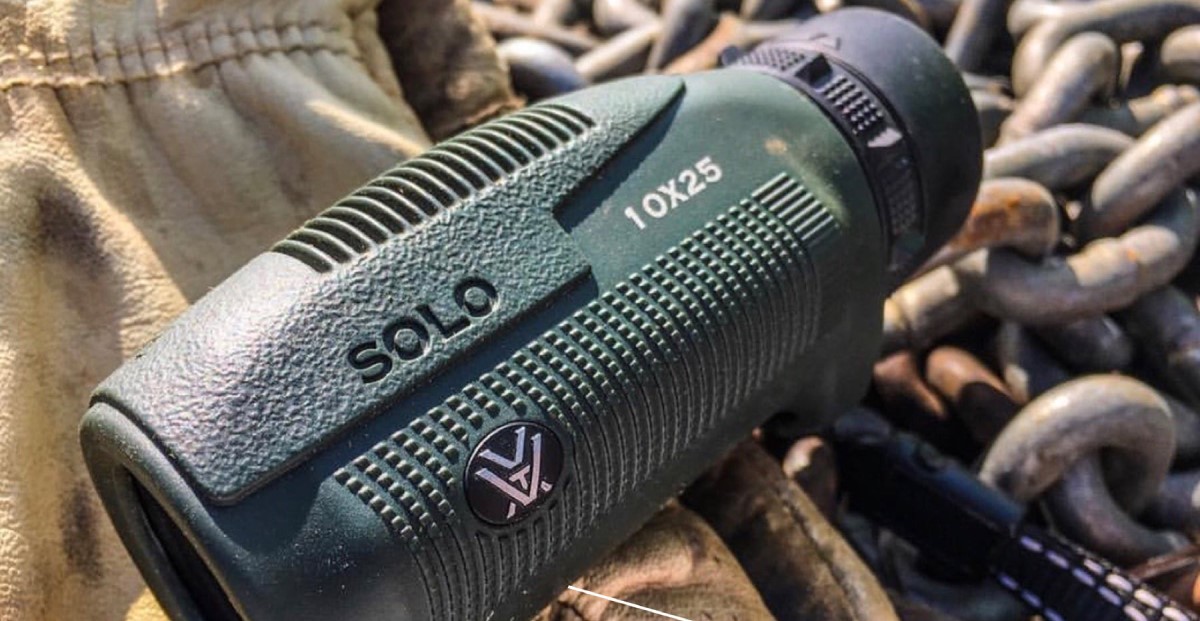
Eye relief is the distance from the eyepiece at which you can see the entire field of view. It's an important feature, especially for eyeglass wearers, as it determines how close you need to be to the eyepiece. Longer eye relief allows you to hold the monocular further from your eye, which is comfortable for users with glasses.
Shorter eye relief can be sufficient for those who don't wear glasses, but it's crucial to ensure that it still provides comfort and ease of use.
Focus Type: Tailoring Your View
Monoculars come with two primary focus mechanisms: fixed and adjustable. Fixed-focus monoculars are preset and require no manual adjustments, making them easy to use but less versatile. They are ideal for viewing distant, relatively static objects.
Adjustable-focus monoculars, on the other hand, have a focus wheel or ring that allows for manual adjustment, offering more flexibility and precision for viewing objects at varying distances. Your choice between fixed and adjustable focus should depend on your specific needs and how you plan to use the monocular.
Types of Monoculars
When choosing a monocular, it's important to balance features like magnification, lens size, durability, and portability to find a model that best suits your needs. Avoiding these types of monoculars can help ensure a more satisfactory and effective viewing experience.
| Type of Monocular | Reason for Being a Poor Choice |
|---|---|
| Low-Quality Optics Monoculars | Produce blurry or distorted images due to inferior lens materials and construction. |
| Extremely High Magnification Monoculars | Can lead to significant image shake and a narrow field of view, making it difficult to track objects effectively. |
| Very Small Lens Size Monoculars | Offer limited light gathering capability, resulting in darker images, especially in low-light conditions. |
| Non-Coated or Poorly Coated Lens Monoculars | Higher light reflection can reduce image clarity and contrast. |
| Short Eye Relief Monoculars | Uncomfortable for users with glasses; can cause eye strain during prolonged use. |
| Fixed Focus Monoculars with Limited Range | Not versatile enough for varied distances, limiting their usefulness in dynamic environments. |
| Bulky or Heavy Monoculars | Impede portability and convenience, especially for activities like hiking or birdwatching. |
| Monoculars with Fragile Build | Susceptible to damage from minor impacts or rough handling, leading to frequent repairs or replacements. |
| Non-Waterproof Monoculars | Not suitable for use in all weather conditions, limiting their outdoor usability. |
| Monoculars with Narrow Field of View | Make it challenging to locate and track moving objects, reducing their effectiveness for wildlife observation or sports. |
Conclusion: Finding Your Ideal Monocular
Selecting the right monocular involves weighing various factors like magnification, lens size, field of view, lens coating, eye relief, and focus type. Each of these aspects influences the overall performance, image quality, and usability of the monocular.
By considering your specific needs, usage scenarios, and personal preferences, you can find a monocular that not only fits your budget but also enhances your viewing experiences. Whether for nature observation, sporting events, or casual use, the right monocular can be a valuable and enjoyable tool for all your adventures.
You may also like:
